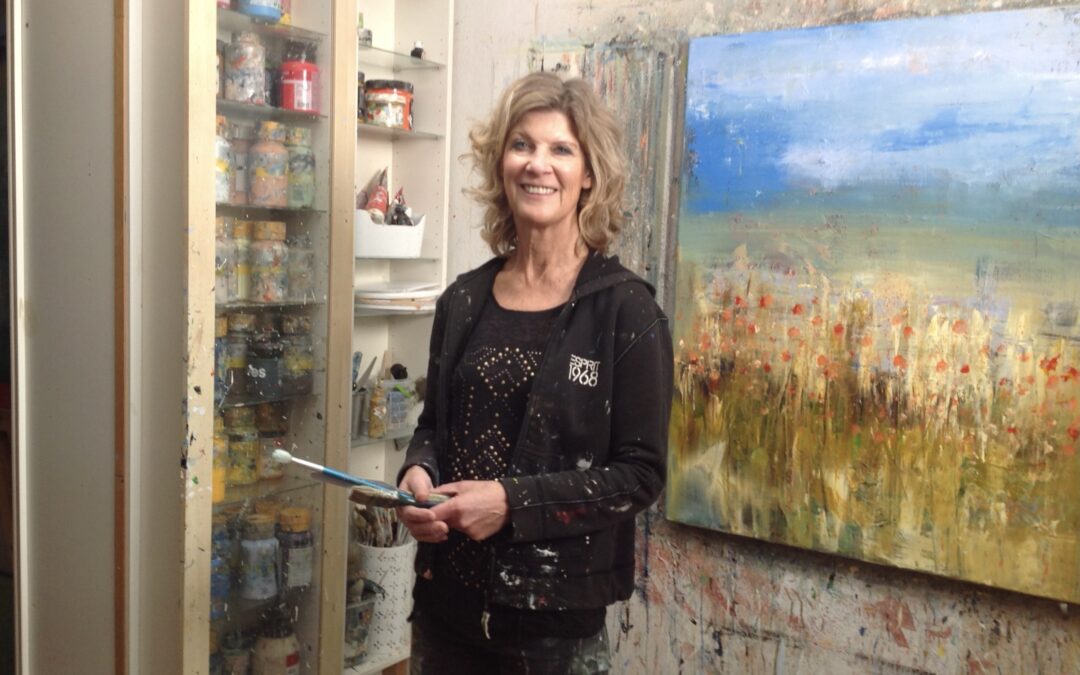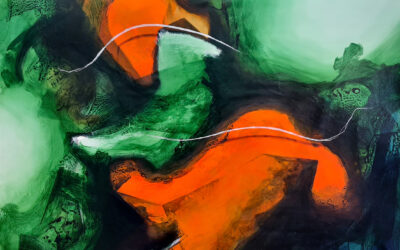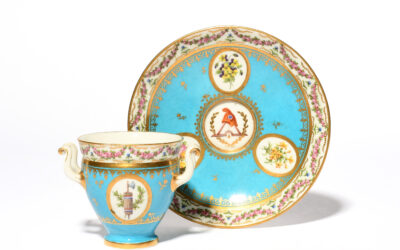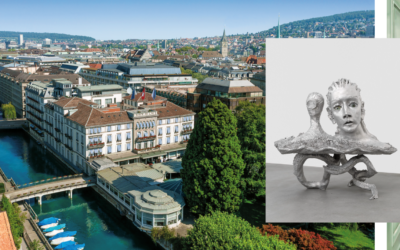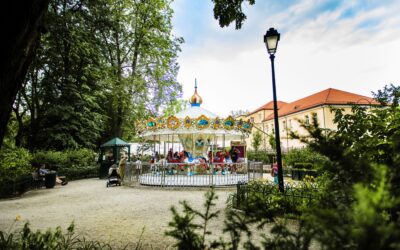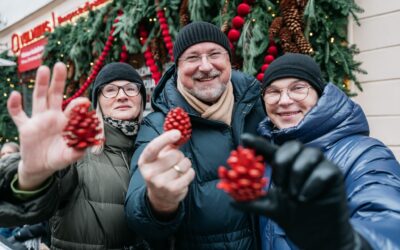From the time artist Hennie was a child she had to learn to live with an irrepressible urge to create. After a travel (forced by physical illness) into her source of life and survival power she initially started painting as a therapy. Those who look carefully at the used material, the used colors and (hidden) symbols might discover a little of her source and powers.
Essential in the beautiful work of Hennie is not only to look, but to feel the paintings. You can see her art as abstract figurative. It depends on the way you look and experience it.
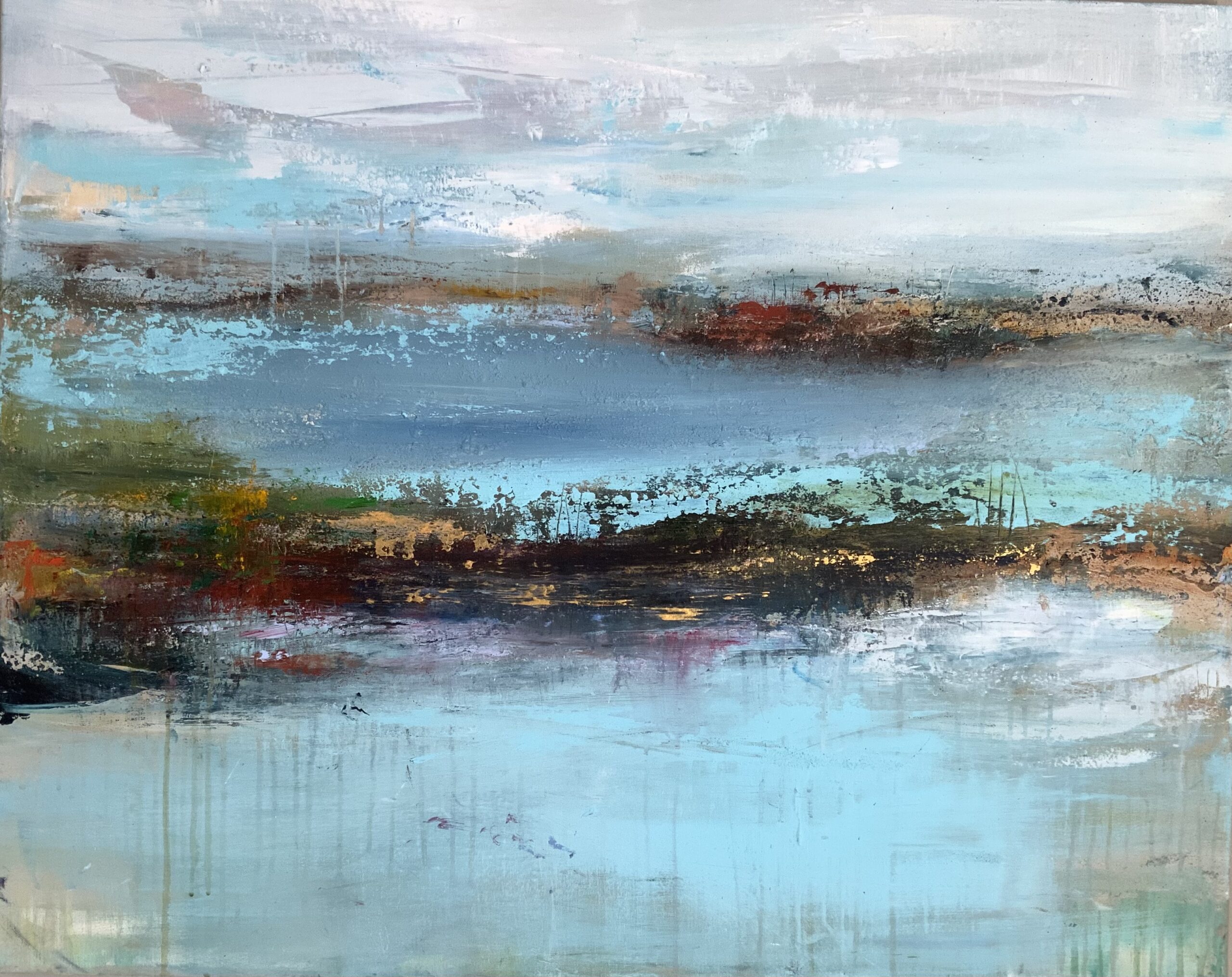
It’s not what you look at that matters, it’s what you see, a quote found on her business card, illustrates Hennie’s view of art. This view is what makes Hennie special. She is able to let go of her own meaning of her artwork and let the viewer create their own. Autodidact thoroughbred, as all her lessons, workshops and follow-up courses at well-known artists have changed her work, but her absolute individuality has always predominated. “I love to recreate, things that are old, broken, or lived inspire me in my work. My attempt is to change vulnerability into firmness with adjustments of contradictions in my own way”, she says.
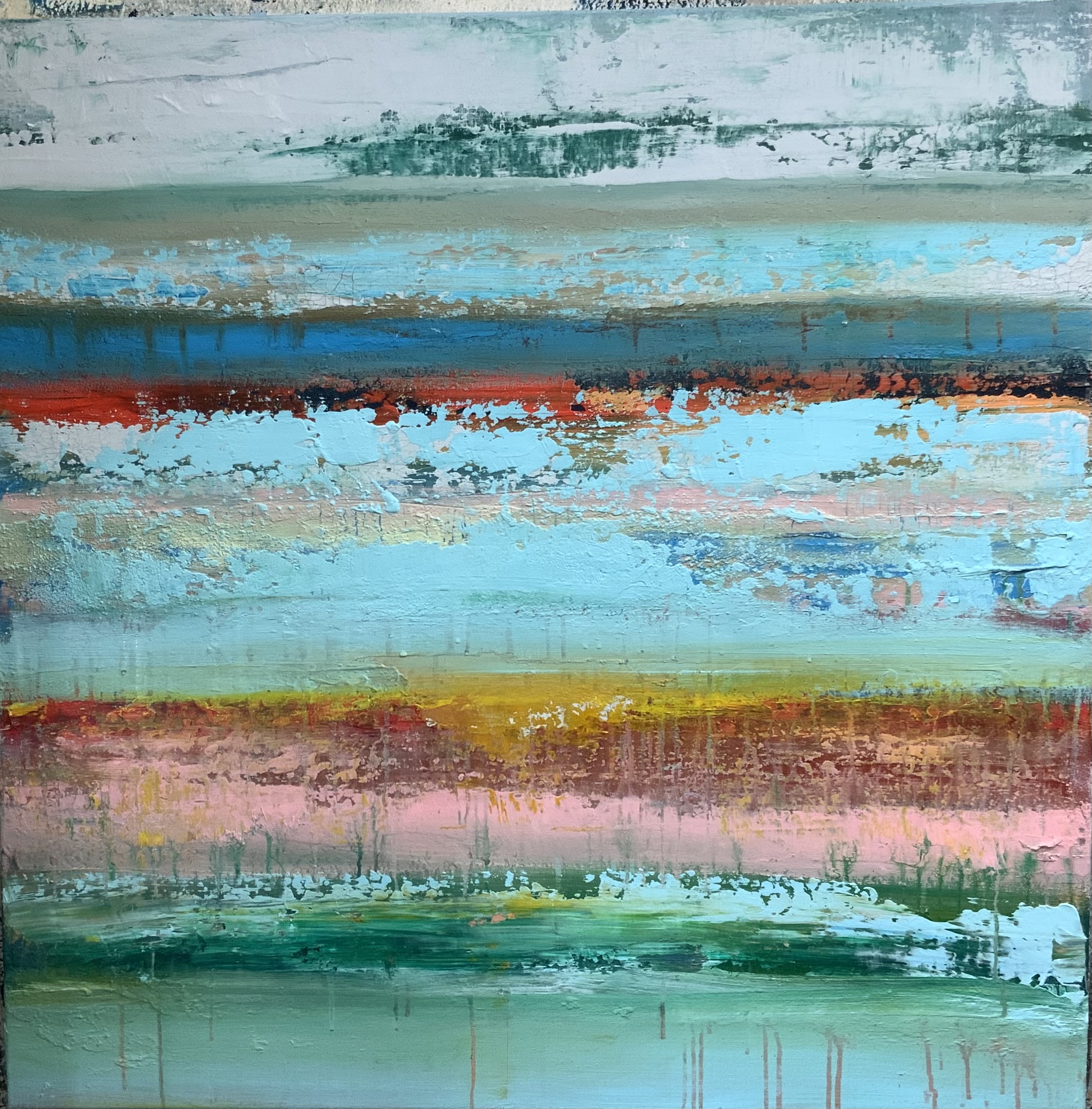
What’s your artistic background?
I am an autodidact. I have gained my skills from several workshops with well-known artists in France, Belgium, Italy and the Netherlands.
What’s integral to the work of an artist?
Painting is vital to me. It enlightens me in dark times, it strengthens me in weak times, it comforts me in sad times, and it keeps me sane in the good times.
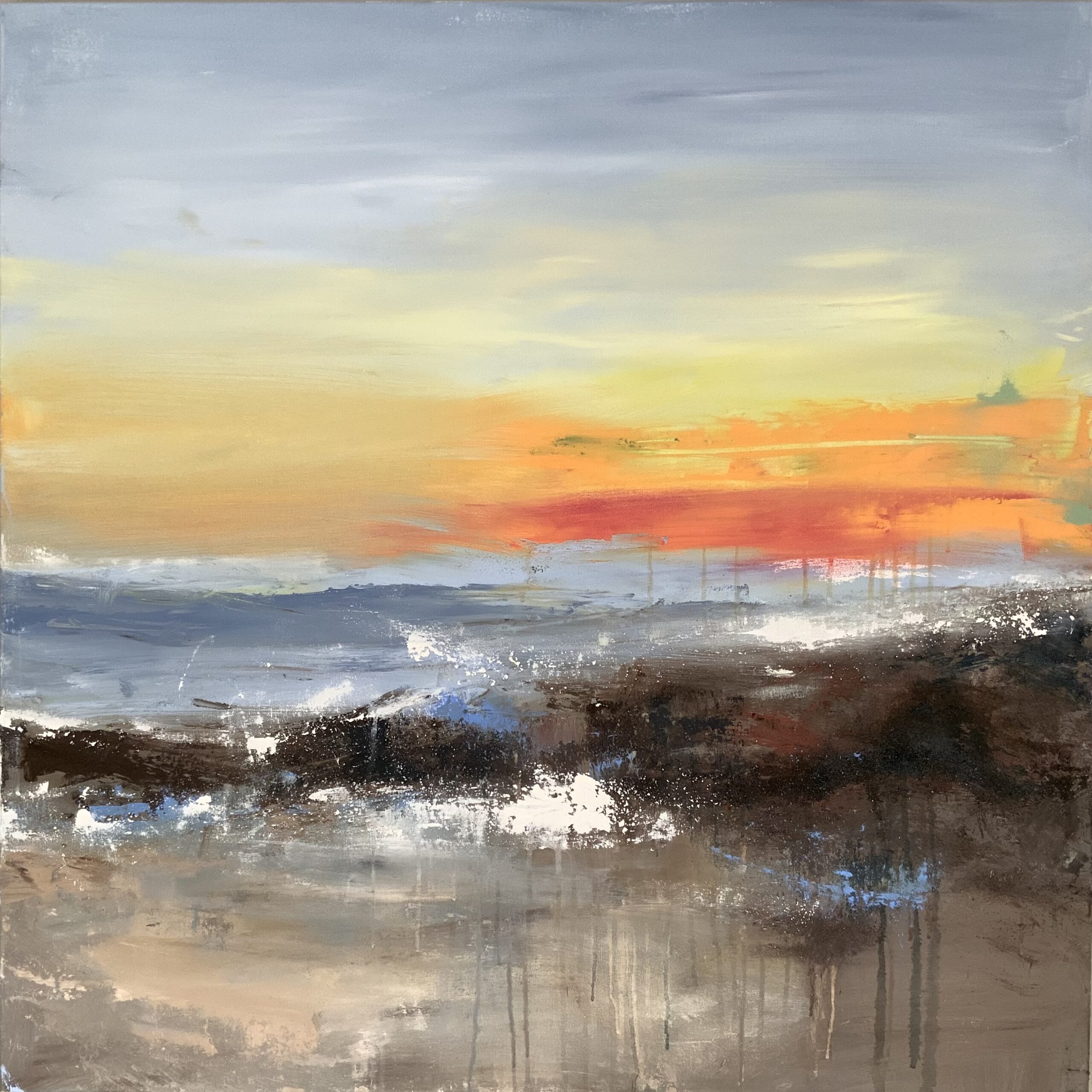
What role does the artist have in society?
I started painting at the age of 52. Before that I had several various jobs, from which I have retired now. I don’t think I will ever retire from painting. Moreover, I am a mother of 4 children and a grandmother of grandchildren. I play a very active role in their lives, I love being around them and help where I can.
What art do you most identify with?
My paintings can be considered abstract or abstract figurative. It’s most important to me to express my feelings in my paintings, which are reflected in the work. My favorite artists or inspirational figures change with time, sometimes it’s Rothko or Tapies. But at times, I can also identify myself with Richter.
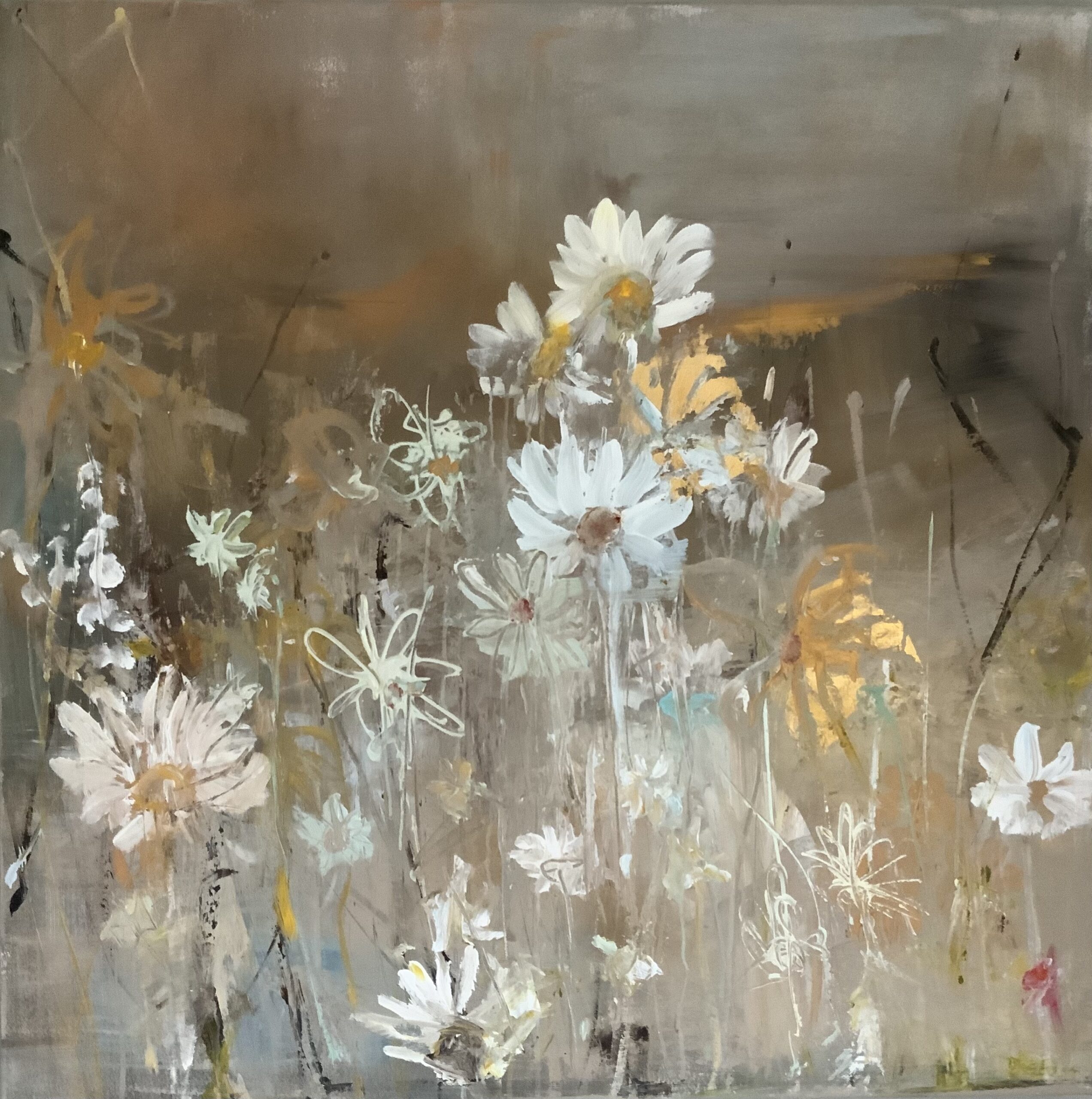
What themes do you persue?
As part of my emotional expression, themes vary between flowers, chairs, landscapes – always in an abstract way. For me a chair is symbol for support, flowers for love, romance, to give, to get, power, etc.
The quote I follow is: It’s not what you look at that matters, it’s what YOU see.
The viewer may create their own feeling/ interpretation of the art works.
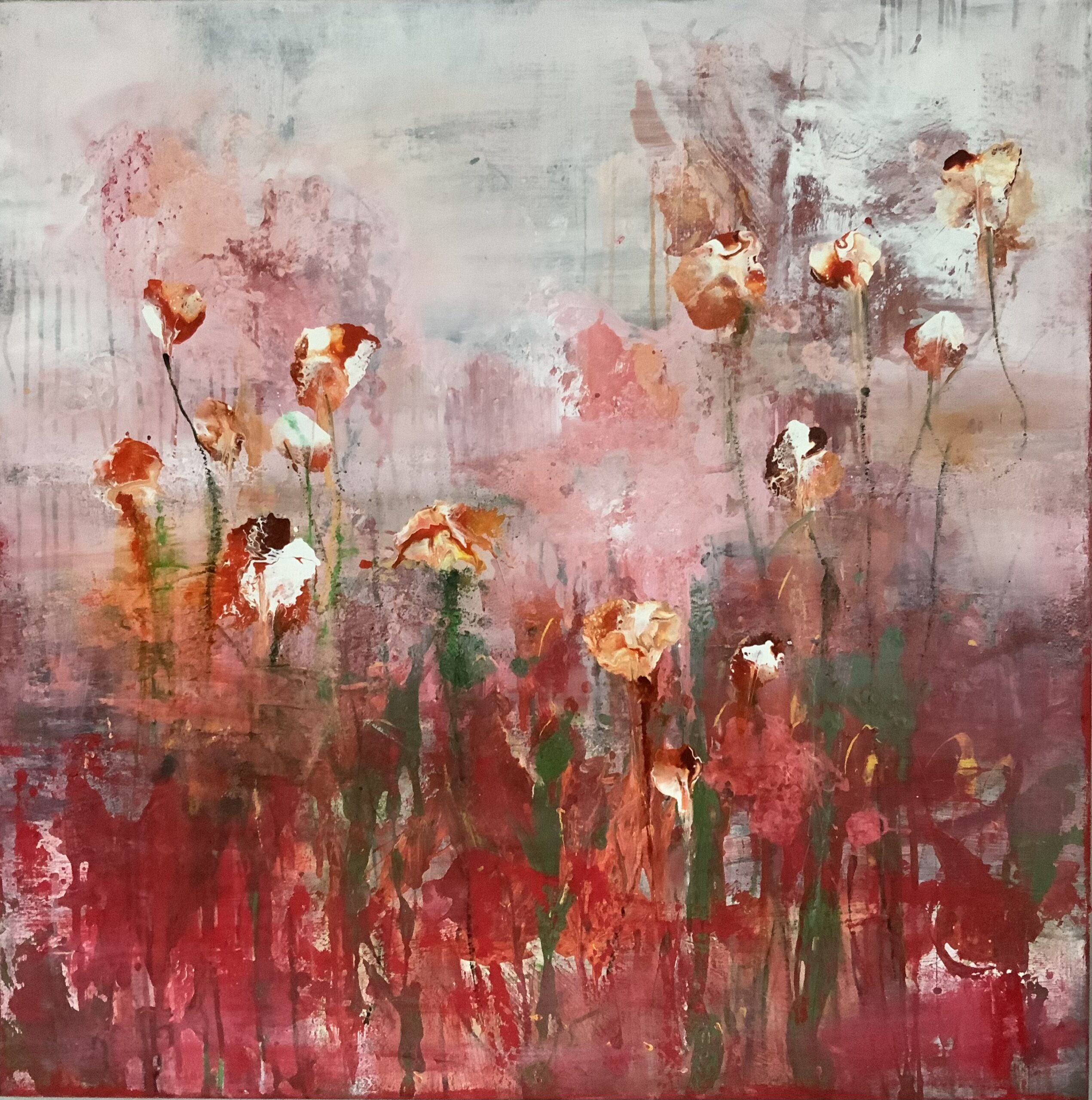
What’s your favourite artwork?
My favourites change with time. At times, I fall immediately in love with a painting that I just finished, it is still wet and another time I re-fall in love with a work I made 5 years ago. The most important part of painting for me is the process. I enjoy to just start painting and see where it ends, I tend to go in full meditation modus and forget about the time and surrounding. Time can pass very quickly whilst being in the state.
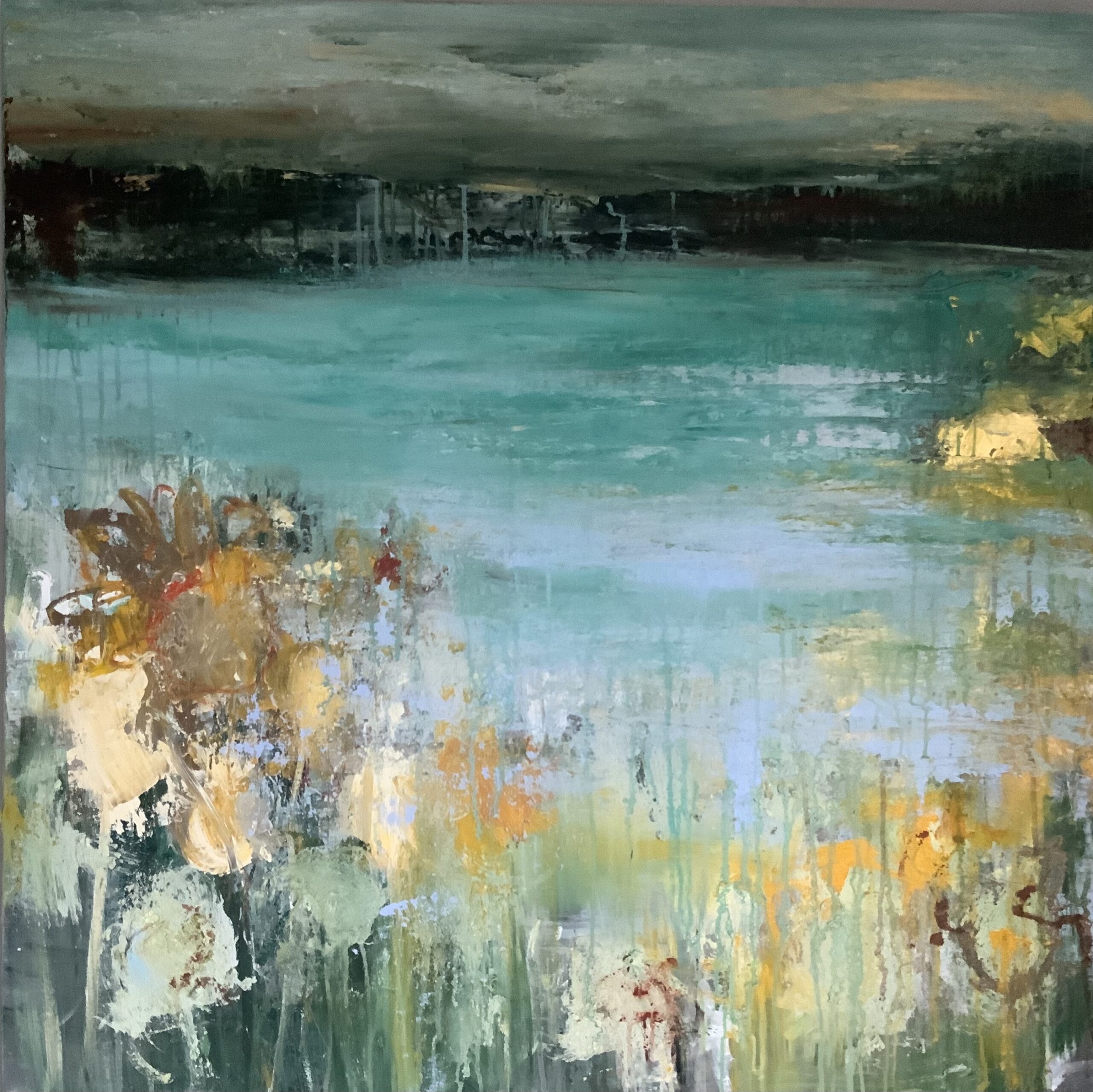
Describe a real-life situation that inspired you?
I paint to express my feelings, so they are always ‘hidden’ in my paintings. I love to paint poppies. They are vulnerable flowers but strong at the same time. What I love about them is that they only flourish in the wild. They are so beautiful but will die when you bring them home. They need to remain in their surroundings. It reminds me of letting go. A real-time story, which has a big impact on my life, is that my husband became ill. He was depressed for many years. No therapies could help him, and I had to let him go. He suffered a lot. Since his passing, I’m painting much more flowers than before.
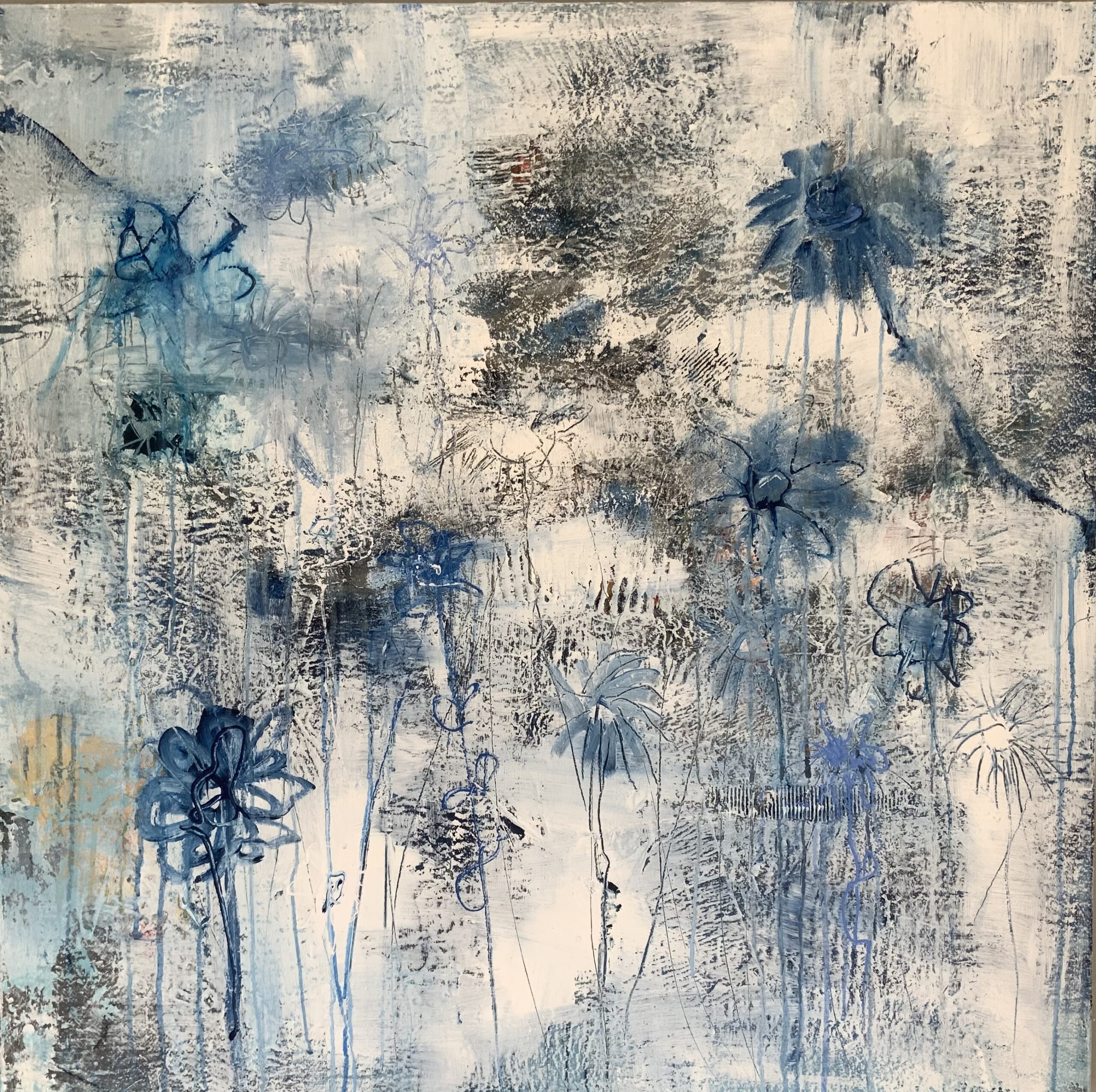
What jobs have you done other than being an artist?
I’ve done a lot of different jobs in my life. Some that I enjoyed most were, giving sewing lessons for 20 years, working in an employment and rehabilitation agency and I worked for 10 years for a relationship matching agency.
Why Art?
When I paint, I feel in my element. It’s like meditation for me. I have always been very creative, even as a child. I have always enjoyed creating things with my hands. Since the age of 52, I focused mainly on painting with acrylic.
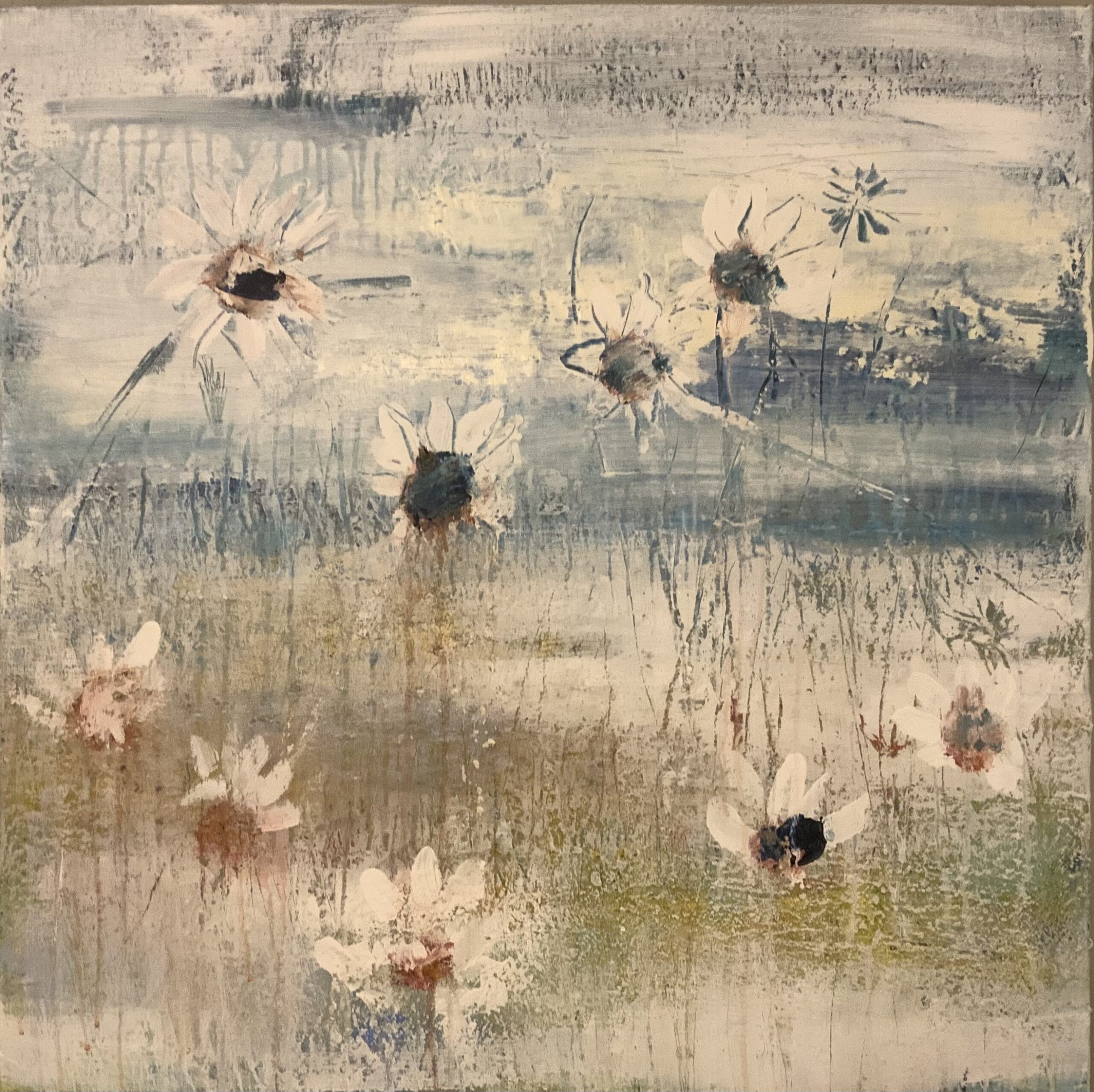
What is an artistic outlook on life?
For me, art is about solving problems or difficulties in a creative way, to think outside the lines. To create things other than ‘normal’. It helps me in every moment, every day.
What memorable responses have you had to your work?
It touches me deeply when people feel a connection with my work or experience their own emotions by looking at it. Creating this experience for the audience, makes me very happy.
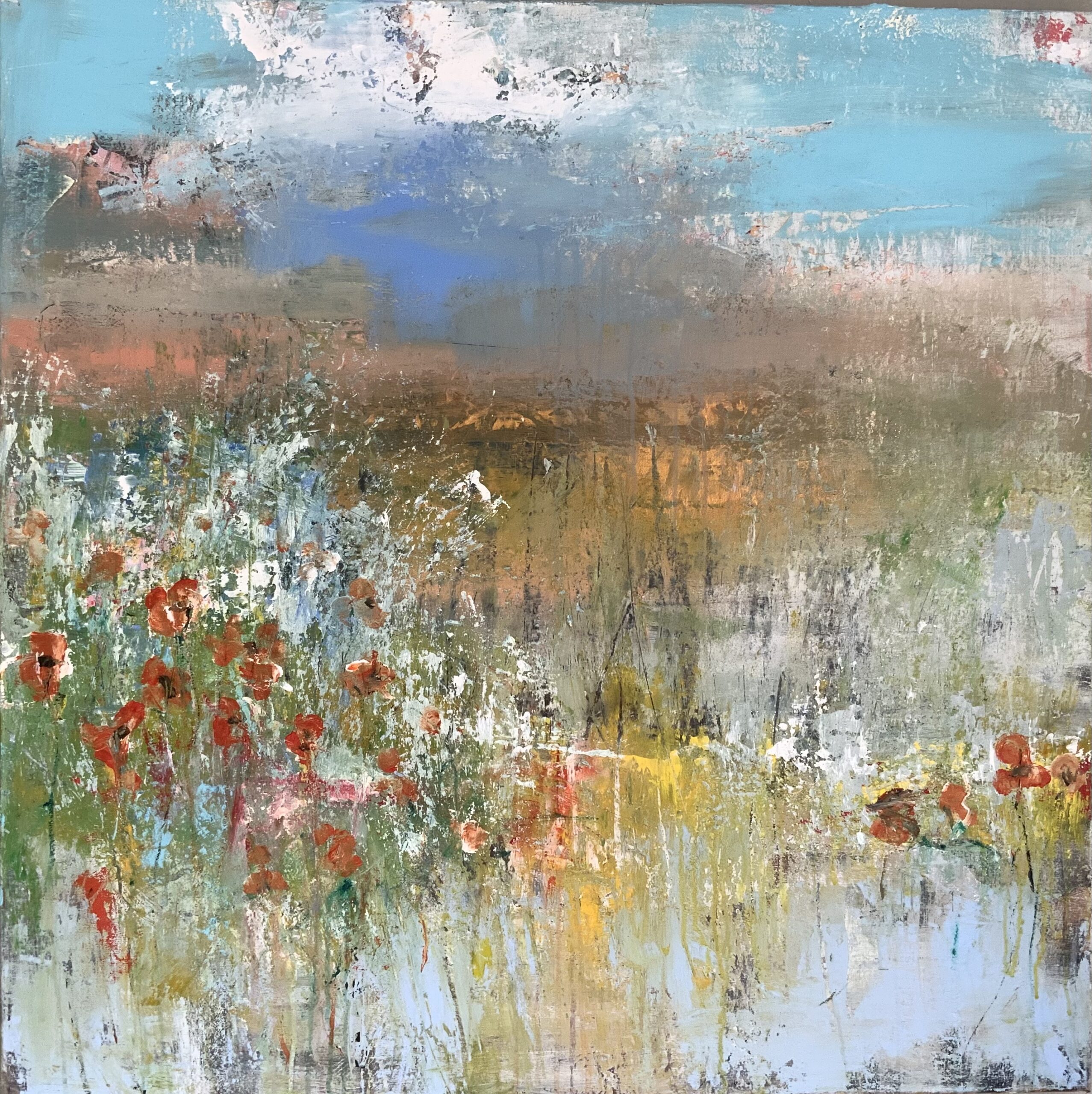
What food, drink, song inspires you?
My inspiration comes from my mind and heart. I don’t have any food, drinks, or songs that inspire me. I paint in silence.
Is the artistic life lonely? What do you do to counteract it?
Yes it’s a lonely life. I need connection with people but for me painting is best when done alone. Luckily, I have a very loving family that comes to visit me very often.
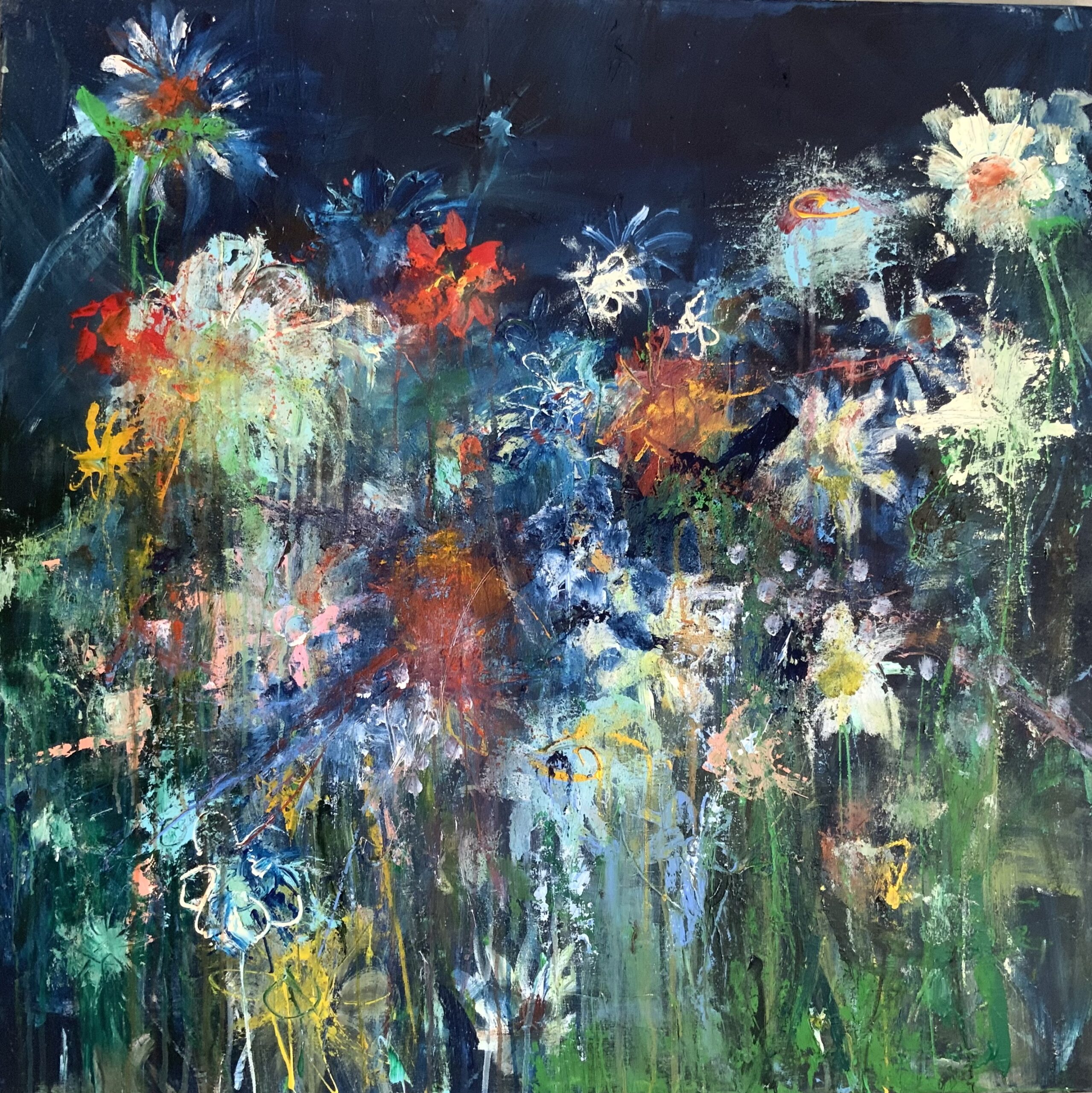
What do you dislike about the art world?
I struggle with the competitiveness of the art world. I prefer to just focus on creating.
What do you dislike about your work?
I am a pur-sang artist, not so much of an entrepreneur. The commercial part is something I don’t enjoy as much.
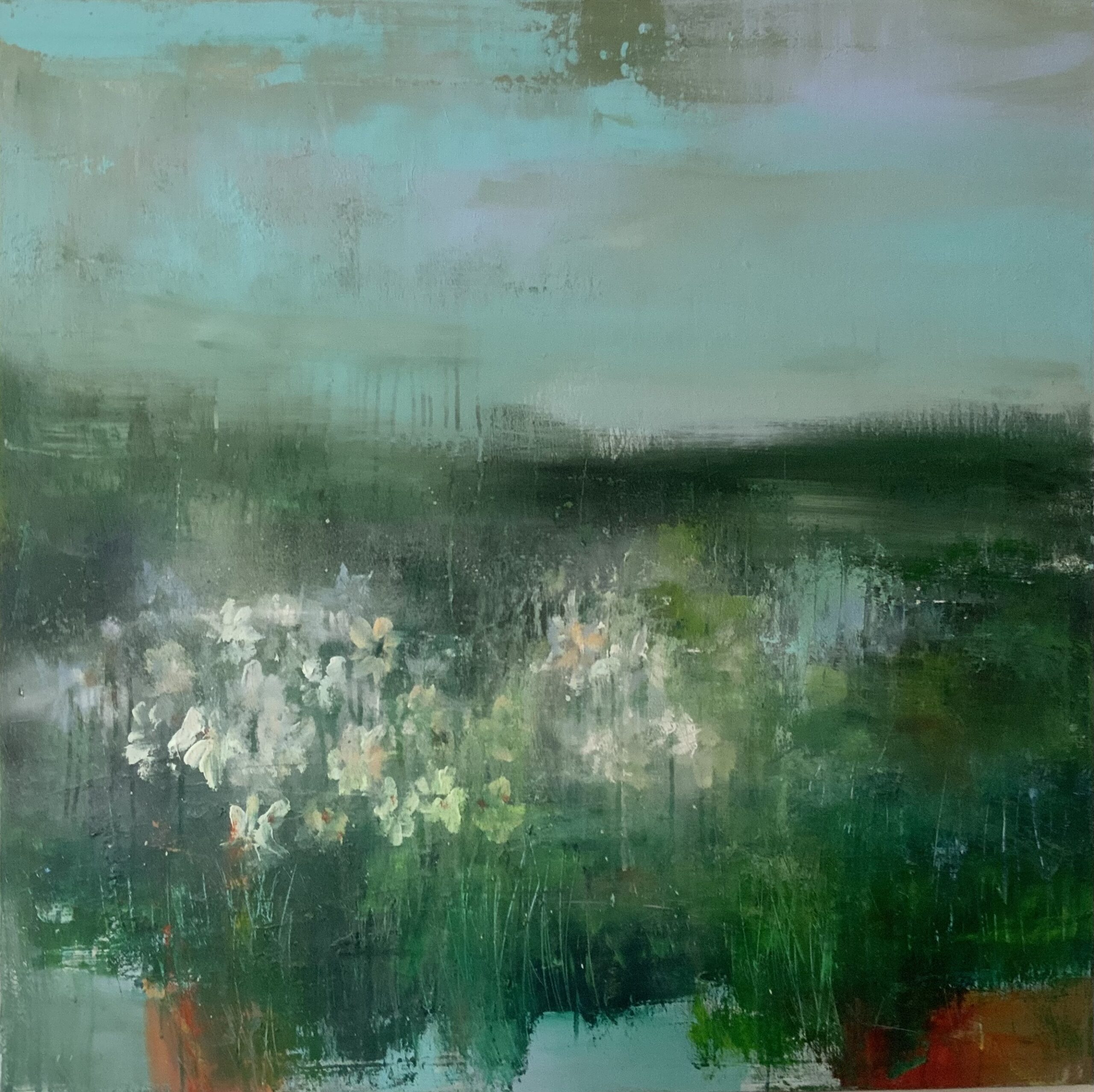
What do you like about your work?
I love that it captures my emotions, in a way I could never express in words.
Should art be funded?
I think art should be funded. To be an artist is a hard job especially when there is no other means of income. I think it’s almost necessary.
What role does arts funding have?
When there is funding available, the artist can fully focus on being an artist. It’s hard to expect from an artistic person to also have the commercial skills. Most artists would prefer to focus on their works full time, but it is stressful as you also need to make sure you have enough money to live and buy materials to experiment with.
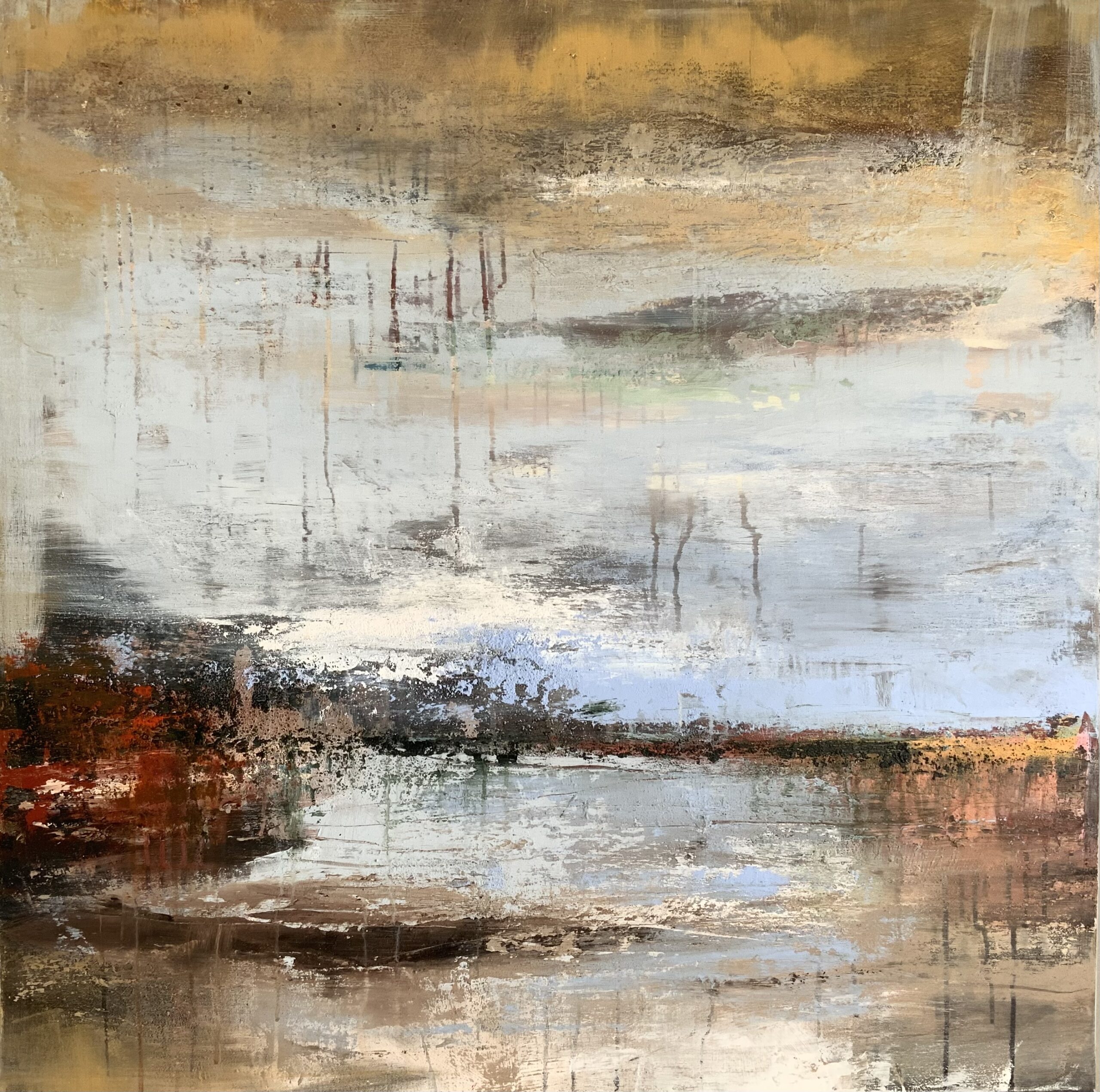
What’s your dream project?
I would not want another job other than what I do now. But I do like to be challenged, such as when asked to create a commissioned piece of art.
Name three artists you’d like to be compared to.
It’s impossible for me to compare myself to famous artists. My favourites are Tapies, Gerhard Richter, Rothko and Cy Wombly, however, I would not compare myself to them.
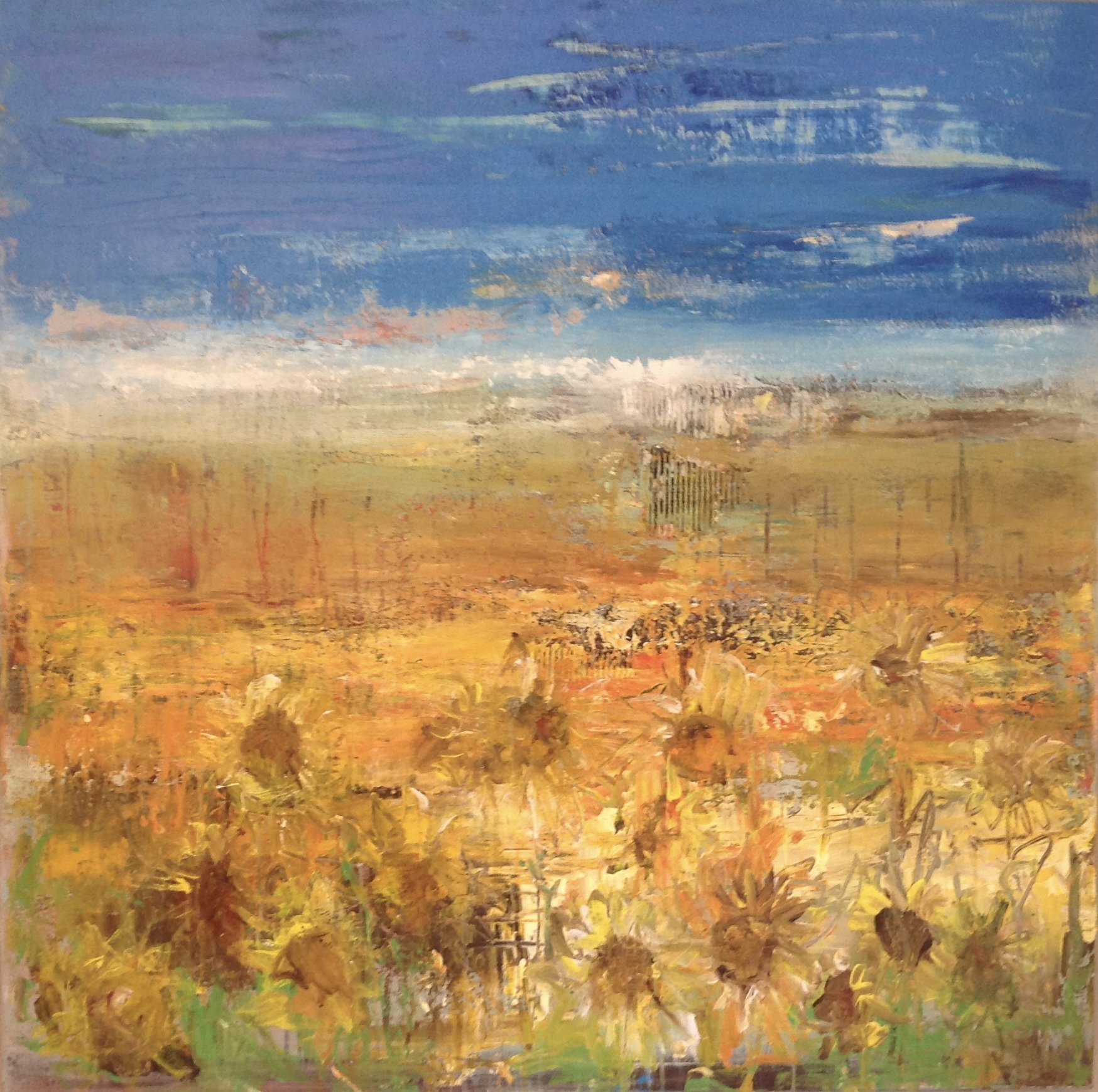
Favorite or most inspirational place?
Most of my inspiration comes from within. I sometimes take photographs of world-travels from one of my daughters as inspiration. Usually, I just start to paint, and the landscape gets created by itself. I love the roughness of nature, wild flowers, the storm, the wind, rocks in the water, the sea and its waves.
What’s the best piece of advice you’ve been given?
‘Let go’. ‘Don’t think’. Just paint for the sake of painting, don’t force yourself to make something beautiful. It doesn’t work. Create from the heart.
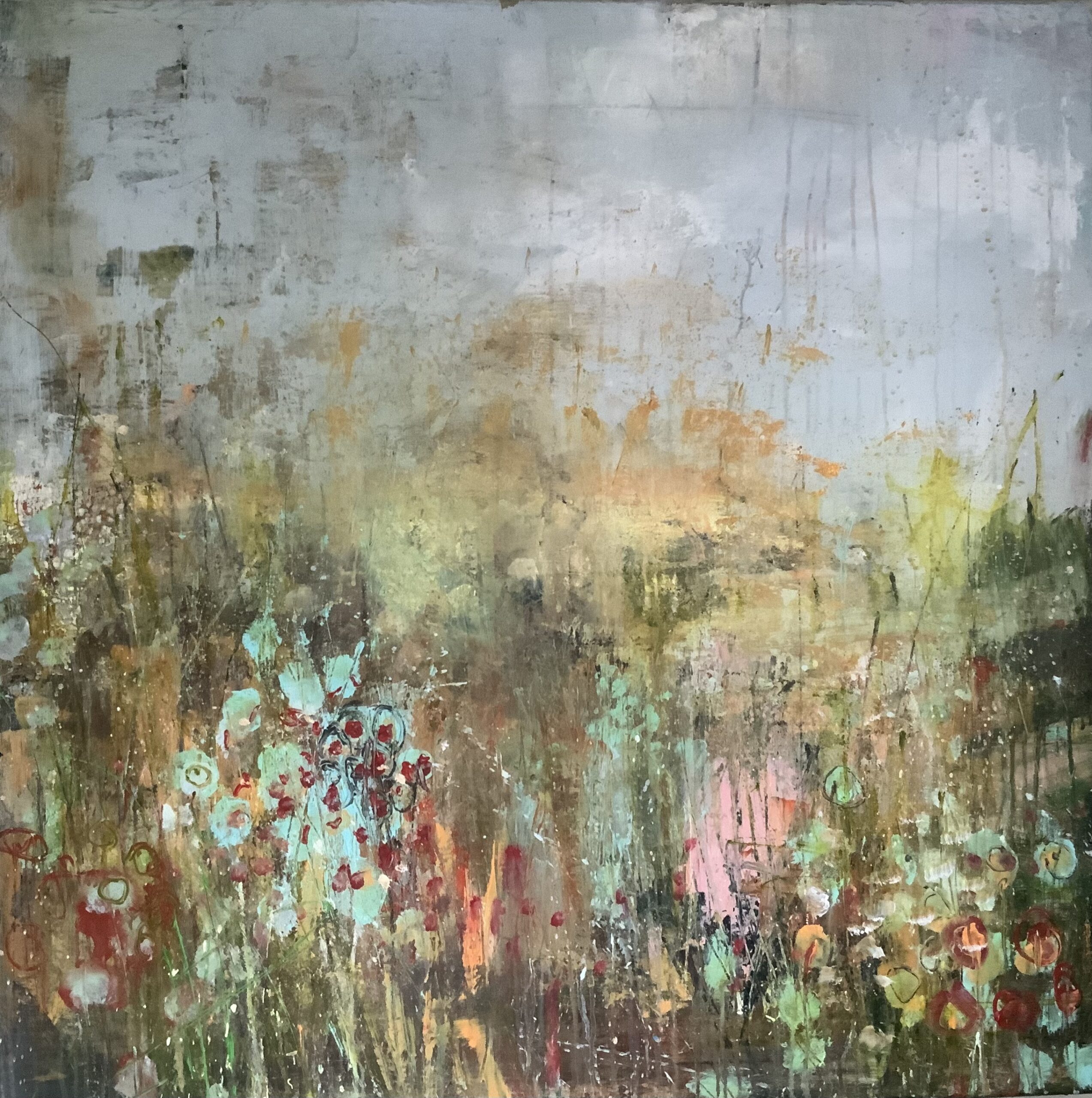
Professionally, what’s your goal?
I am very happy that people around the world are enjoying my work, as they became part of their homes. I hope I can contribute even more to making people’s home an even nicer place to be.
Future plans
I am content right now; I would like to continue my work flow as it is.


